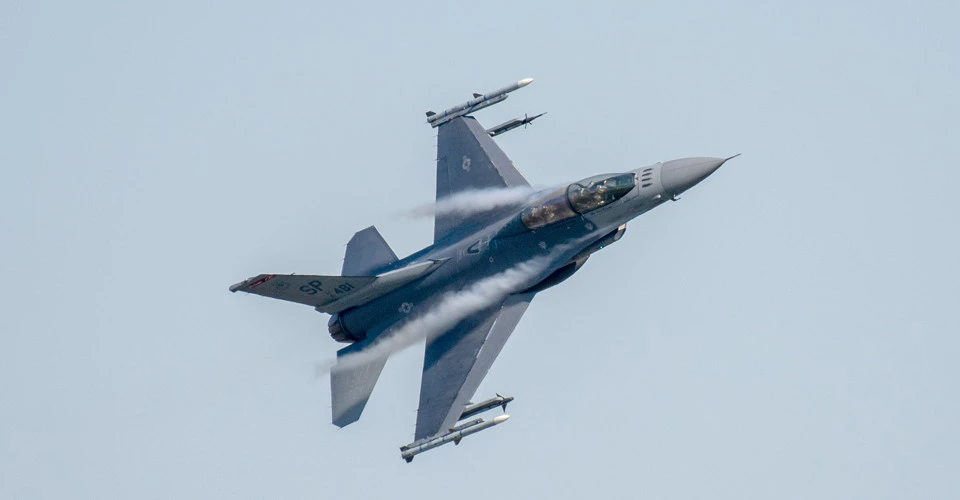
Positional warfare and why F-16 is not panacea
Defense Express journalists analyze the work of Commander-in-Chief Zaluzhnyi Modern Positional Warfare and How to Win It
Defense Express writes that the availability and widespread distribution of a short version of the publication Modern Positional Warfare and How to Win It by the Commander-in-Chief of the Ukrainian Armed Forces Valerii Zaluzhnyi, the full text is of much greater value.
The media emphasizes that this work is no less important than the well-known programmatic publication of September last year on the need to conduct a remote war with Russia with long-range weapons, striking at Russia's super-deep rear. However, Valerii Zaluzhnyi does not mention the F-16 in his work at all. Despite the fact that in the minds of most people, Ukraine's acquisition of F-16 multifunctional fighters means a significant turning point in the war.
But there are very good reasons for this, which are explained in a rather pragmatic way. In particular, it is noted that Ukraine began to repel a full-scale Russian invasion with 120 tactical aircraft, of which only 40 were in combat condition, and 18 medium and short-range divisions in good condition, out of 33 "on paper."
That is, this amount of resources was enough to prevent the Russian Federation, which had a total air superiority of more than ten times, from realizing the most important component of the planned blitzkrieg - gaining absolute air superiority. Defense Express notes that if this had not happened, the whole of Ukraine would have suffered the fate of Mariupol with the bombing of FAB-3000 from Tu-22M3. This is about the cut-off resistance nodes because Russia simply planned to bombard all other targets with tactical aircraft from an altitude unattainable for man-portable anti-aircraft systems.
Thanks to the available forces, the professionalism and bravery of Ukrainian anti-aircraft gunners and pilots, as well as the strengthening of Ukraine's air defense by their partners, Ukraine managed to inflict huge losses on Russian aviation of more than 300 planes and 300 helicopters. In terms of airplanes, this is a "minus" one air army, and in terms of helicopters - 13 regiments of army aviation. But despite the fact that Russia is planning to increase the number of tactical aviation squadrons, even the current Russian forces retain a huge advantage in the sky:
"the enemy (Russia - ed.) cannot convert it into complete air dominance due to the successful work of our (Ukraine's - ed.) elements of direct air cover for troops, which are constantly increasing the number of enemy air attack assets involved."
Defense Express believes there is a need to mirror the situation for Ukraine. Even in terms of strengthening the Air Force with F-16 fighters, because Russia has many times greater forces.
“Of course, this does not mean that F-16s are not needed. On the contrary, they are more than necessary, if only to compensate for losses in Ukraine's own aviation. Moreover, they can help create a denser air defense, can drive Russian tactical and army aircraft away from the front line, and can strike with precision weapons much more effectively. But it is not that the F-16s promised for delivery will be able to gain air superiority, which opens up the possibility of turning the tide of a trench war and turning it into a maneuver war,” the report explains.
For this task, taking into account the example of the Ukrainian Armed Forces, it is necessary to achieve a much greater quantitative and technological advantage over Russia in the sky. Defense Express notes that in today's realities, this means involving all NATO aviation in the largest air operation since not only Desert Storm with 4,700 sorties over 38 days, but also since World War II.
That is why, despite the real importance of the F-16 for strengthening the Armed Forces, it is not a true "game changer," at least not in this quantity and not only F-16s. And this already explains why the main focus of Zaluzhnyi's work is on completely different things.
- News














































